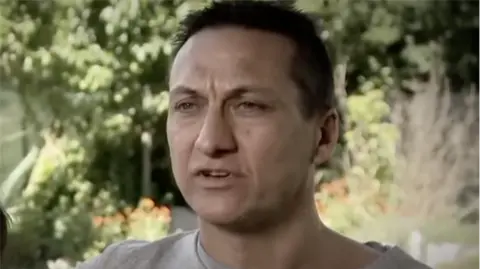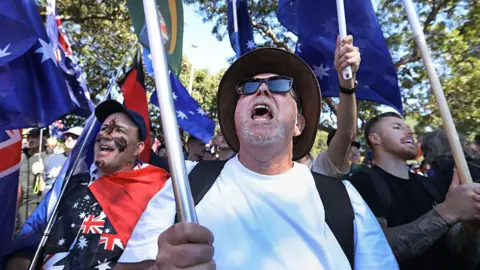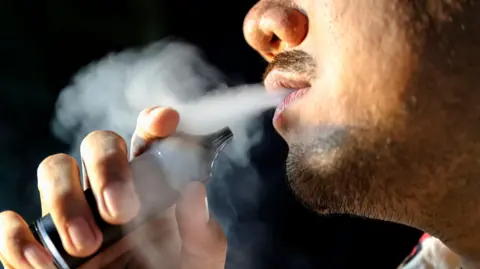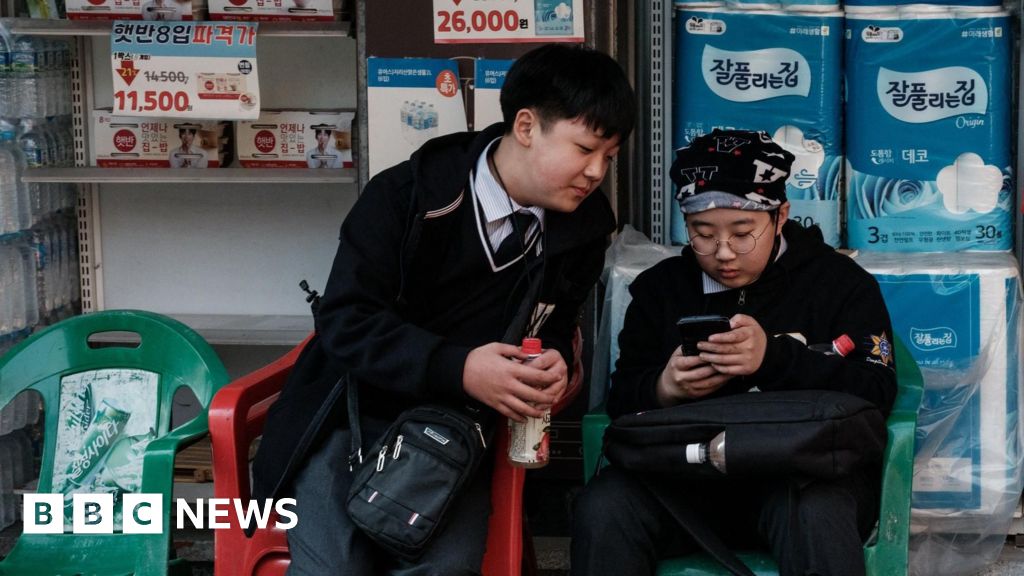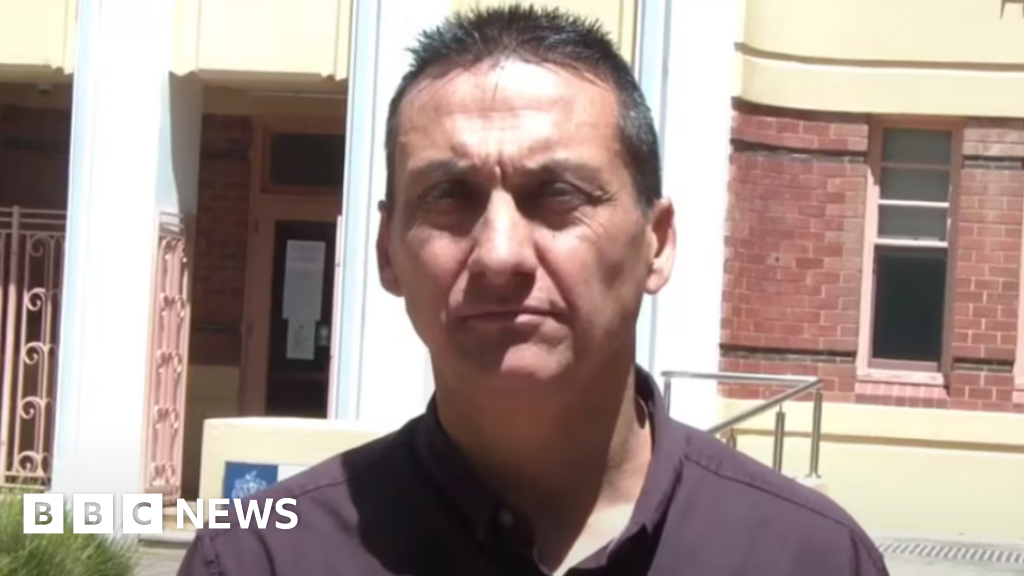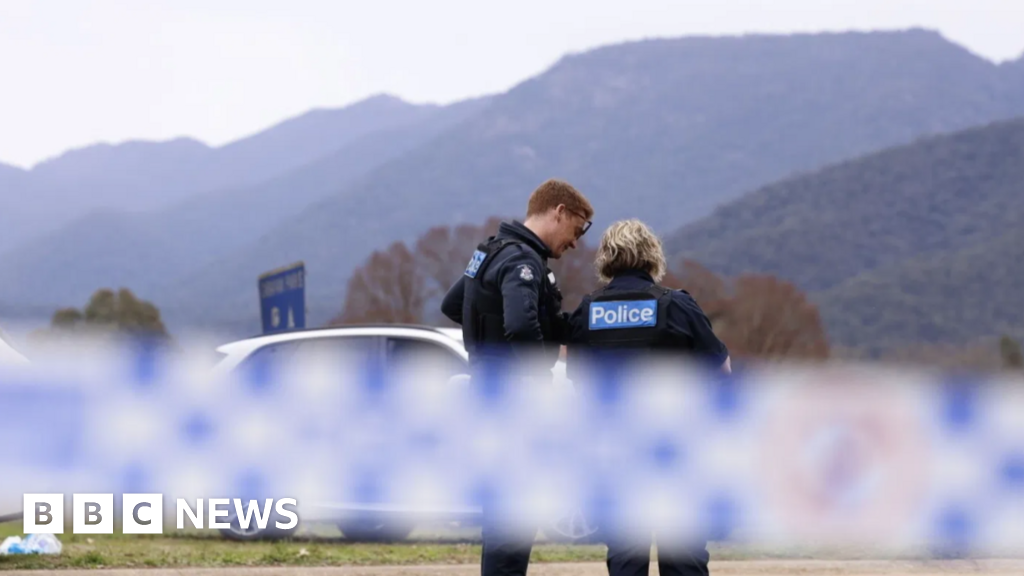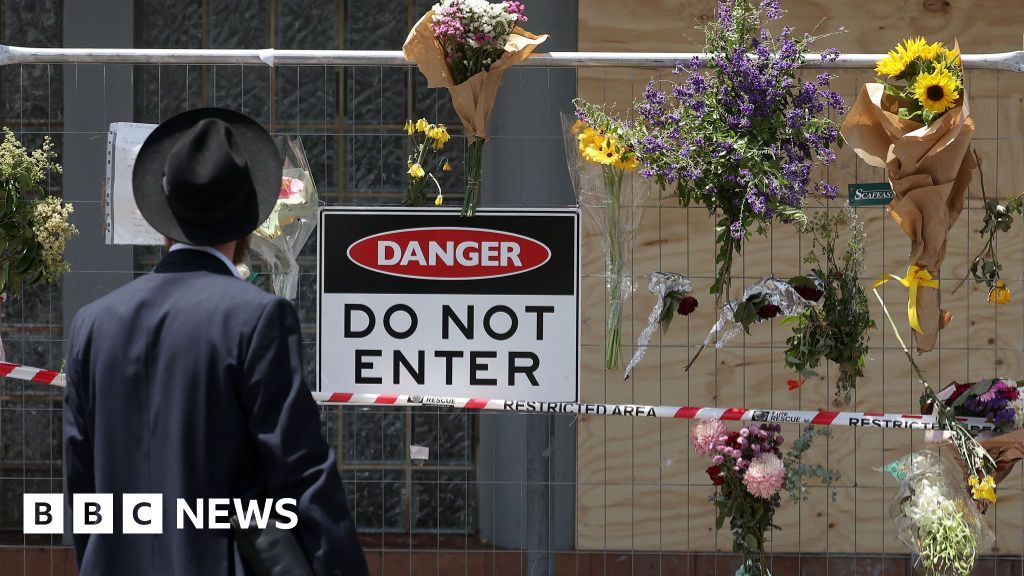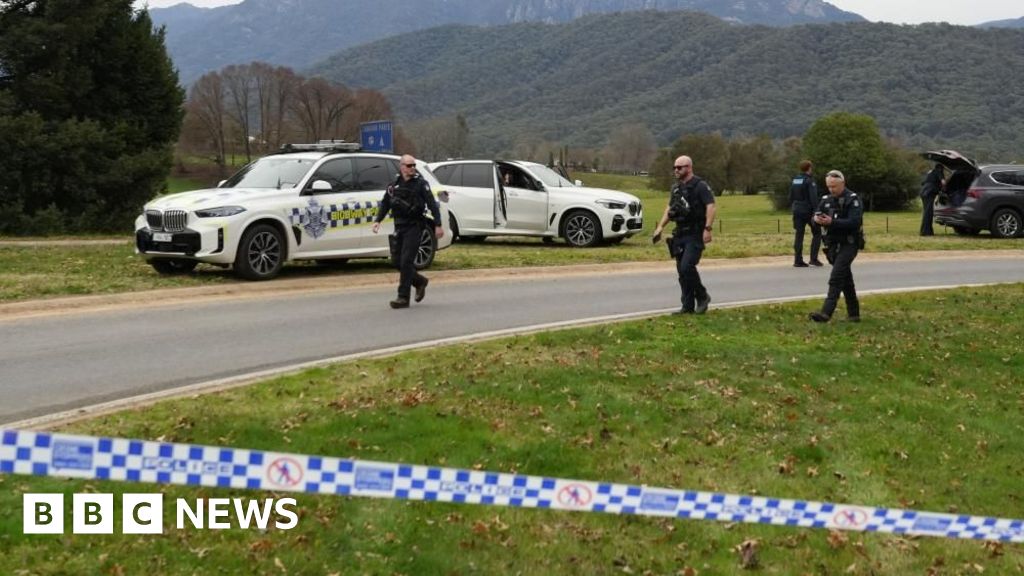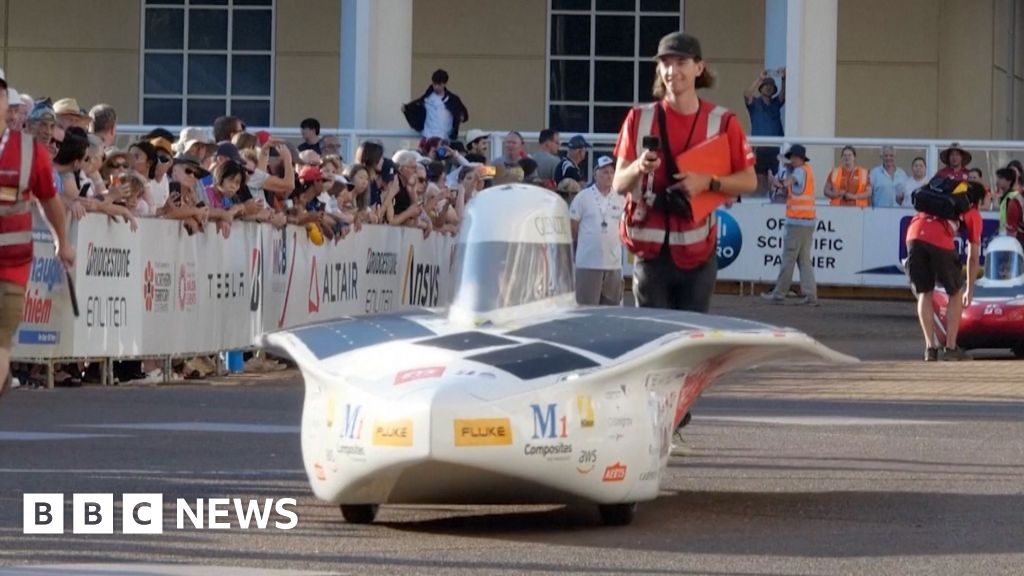School-age children in Australia are vaping less than before, new research suggests, attributed largely to a government ban on disposable vapes enacted a year ago. According to the latest findings from Cancer Council Australia's nationwide survey, “Generation Vape,” vaping rates among youth aged 14 to 17 fell from 17.5% at the start of 2023 to 14.6% by April this year. Additionally, the overall vaping rates for those over 15 have decreased by more than one-third.
Health Minister Mark Butler remarked that vaping rates among young Australians have "turned the corner," citing the successful seizure of over 10 million illegal vapes in the past year. The implementation of strict regulations, which began in July 2024, prohibits the manufacture, importation, advertising, and supply of single-use vapes in the country. Nicotine vapes can now only be obtained through a prescription at pharmacies, although Australia has faced a problem with a thriving black market for nicotine vapes.
Similar actions have been taken in the UK, which banned disposable vapes in June. While vapes are considered safer than traditional cigarettes due to the absence of harmful tobacco, health professionals emphasize that they are not without risks, and the long-term health effects remain uncertain.
Authorities in Australia, paralleling the UK’s concerns, are particularly alarmed by rising vape usage among youth, prompting Butler to argue that the products foster a new generation of nicotine-dependent individuals. The recent survey revealed that 85.4% of participants aged 14 to 17 had never vaped, and less than one-third showed interest in trying it, suggesting a shift in youth perception regarding vaping.
Interviews conducted as part of the study illustrate this change, with many current or former vapers expressing feelings of shame or embarrassment about their use. Although fewer teens report being able to directly purchase vapes, tobacconists and vape shops continue to be significant sources for these products despite the enforcement of new laws.
In a statement to the Australian Broadcasting Corporation (ABC), Butler expressed confidence that Australia has moved past the "peak of vaping." He acknowledged the ongoing challenges, not only in tackling vaping but also combating illicit tobacco use, which continues to be the leading cause of preventable death in Australia, claiming over 24,000 lives annually.







